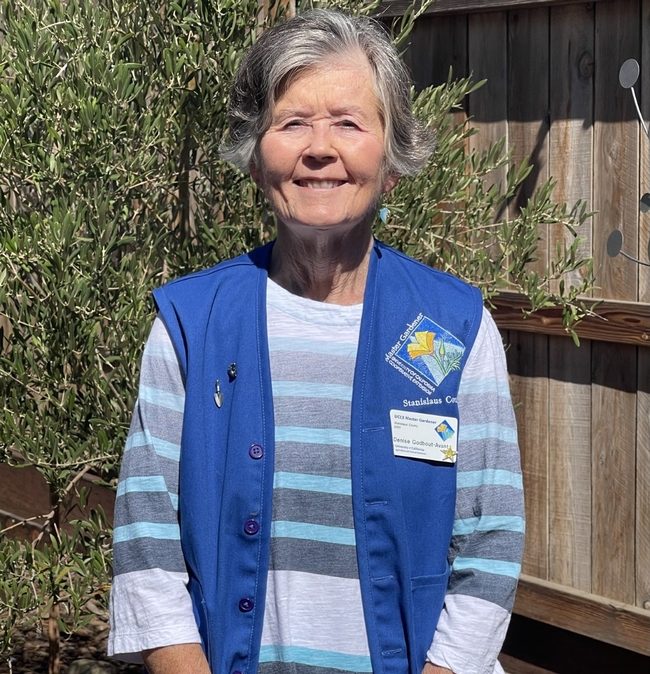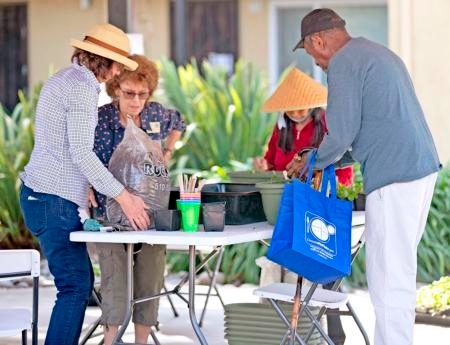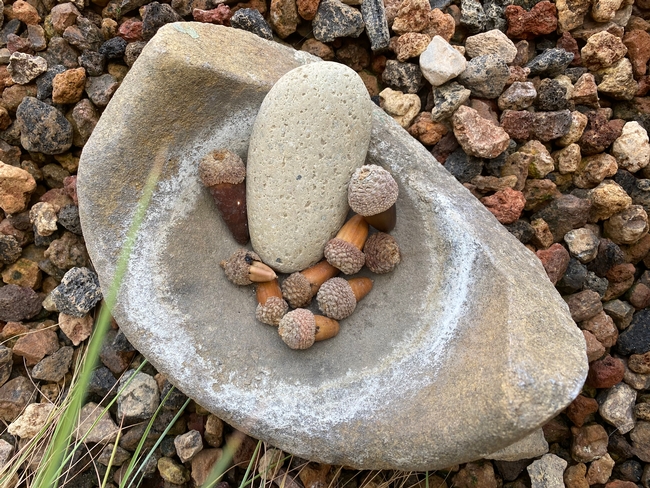
Valley Oak (Querus lobata):
The acorns were a staple food, which was leached (rinsed with water) to remove the bitterness, and ground into flour with mortar and pestles. The ground acorns were used in stews/soups, pancakes/tortillas, mush, or layered into pits and cooked with other plants and meats. Oak galls were squeezed to make a blue-black ink for tattoos and tannins were used to make dyes and decorate animal skins.
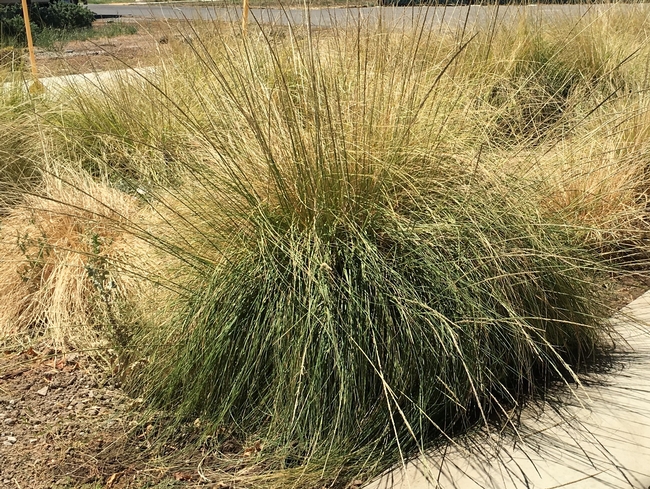
Deer Grass (Muhlenbergia rigens):
A major grass for creating beautiful, sometimes water-tight baskets to cook food, to carry and store food and other items. Stalks were generally harvested in the spring when easy to pick, then wrapped to keep straight and allowed to cure for a year. They were often soaked prior to weaving into basket. About 1600 stalks would be needed to make one basket.
One of the most beautiful California grasses, this easy-to-grow plant attracts butterflies in the spring with its cream-colored flowers and seed-eating birds in the summer.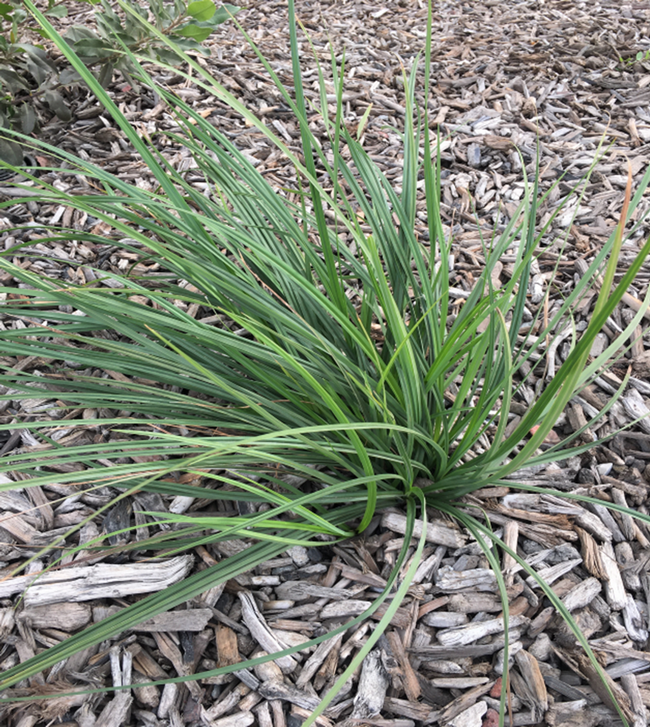
Santa Barbara Sedge (Carex barbarae):
The rhizomes (underground stems which generally grow horizontally) provided the strongest threads for basket making. The people would manage the rhizome growth by cleaning the soil of anything that might obstruct the growth (i.e., rocks) to allow the rhizomes to grow long and straight. An evergreen grass, the summer flowers range from cream, red and purple colors, which attract butterflies.
Toyon, aka California Holly (Heteromeles arbutifolia):
The wood from this sturdy shrub had many uses including tools, games/toys, fuel for smoking fish, and religious ceremonies. The red berries produced in the fall which were eaten after roasting over coals or dried in the sun.
An evergreen shrub, the summer white flowers attract bees and butterflies. Birds love the berries.
Blue Elderberry (Sambucus cerulea):
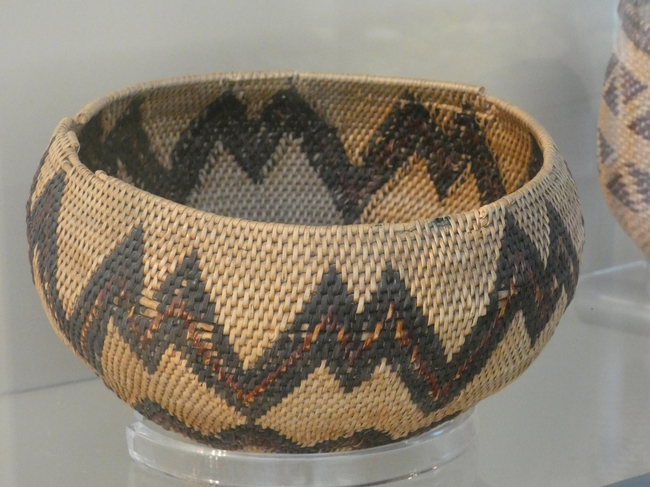
This tough, easy-to-grow shrub or tree is dormant in the winter. The spring and summer blooming cream or yellow flowers attract bees and butterflies, with their berries being an important food source to many birds.
Manzanita (Arctostaphylos manzanita):
Its distinctive red wood which was sometimes used to dry and smoke fish. The fruit was gathered in summer, then dried and ground to make coarse meal which would be mixed with a little water during winter months or made biscuits. They would make tea with the berries and tips of the branches, which apparently was a pleasant drink.
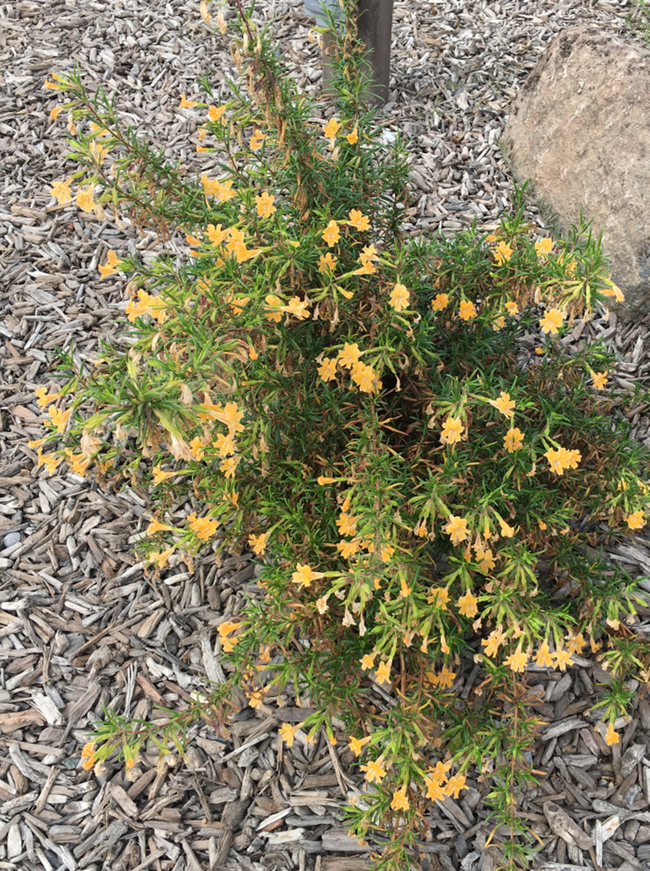
Sticky Monkey Flower (Mimulus aurantiacus):
The seeds were used as a food source. They were gathered, parched, ground, and added to foods or eaten by the handful. Flowers were used as décor after drying, made into wreaths, and used in religious ceremonies. The roots and leaves were used for medicinal purposes.
This drought-tolerant, evergreen shrub blooms in the spring, summer, and fall. The bright yellow tubular flowers attract hummingbirds, bees, and butterflies. Autumn seeds attract small birds.
Whenever I see any of these California native plants, I think of how the indigenous people of California used these plants over thousands of years. By growing them in our gardens, we honor that history, help the survival of these plants which provide food sources for so many birds, bees, and butterflies, reduce water usage, bring variety to our gardens, and joy to our spirits with their beauty.
Learn more at the Library - Take a free class!
This September, our UC Master Gardeners will present on the topic, "CA Native Plants" at 9 Stanislaus County Library locations. Visit our Calendar at https://ucanr.edu/sites/stancountymg/Calendar/ for dates, times, and locations.
Upcoming Workshop
On Saturday, October 7, 2023, we are offering our "The New Front Yard" workshop. Topics include drip irrigation, converting your yard to native plants, and how to garden for year-round bloom! Stay tuned for the registration announcement.
Resources:
- Enough For All: Foods of My Dry Creek Pomo and Bodega Miwuk People by Kathleen Rose Smith
- The Real California Cuisine: A Treatise on California Native-Plant Foods by Judith Larner Lowry
- Tending the Wild: Native American Knowledge and the Management of California's Natural Resources by M. Kat Anderson
- Indian Summer: A True Account of Traditional Life Among the Choinumni Indians of California's San Joaquin Valley
- Great Valley Museum of Natural History at Modesto Junior College's exhibit on Yokuts
- California Native Plant Society: https://www.calscape.org/
Acknowledgment: Lillian Vallee, English professor emeritus, Modesto Junior College, who has shared her passion and knowledge with me over the years of California native plants and their historical uses by the California native people.
Denise Godbout-Avant has been a UC Cooperative Extension Master Gardener in Stanislaus County since 2020.
- Author: Ed Perry
For gardeners the coming of winter means, among many other things, the beginning of the bare root planting season. Local nurseries will soon receive good supplies of bare root fruit and ornamental trees, roses, grapes, berries, and vegetables such as asparagus and rhubarb. Unlike container plants, bare root plants are dug from the field when dormant and separated from the soil. This allows the nursery grower to ship plants at a lower cost and means a good saving for the buyer.
Since all the soil has been removed from the roots, take care to prevent them from drying out while you transport the tree or dig the planting hole. Never allow the plant roots to be exposed to sun and wind for more than just a few minutes. You can protect the roots for a few hours by placing them in a moist plastic bag or by covering them with wet newspaper or cloth. It's best to plant and water your bare root trees right away. If you need to delay planting for a day or more, you should “heel in” the plants. “Heeling in” is a method of protecting plant roots by placing the plants into a hole or shallow trench and covering the roots with moist soil, sand or sawdust.
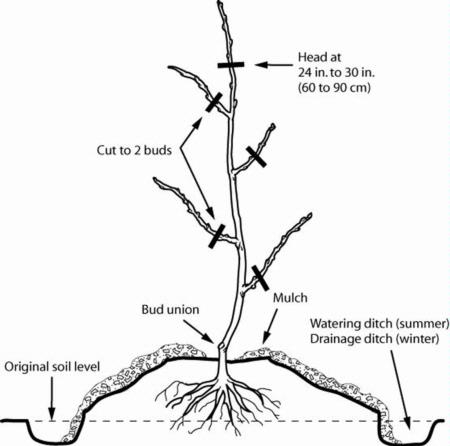
You should consider trees, shrubs and other perennial plants to be long term investments. It's therefore worth the effort to pick the proper place for the plant. Fruit trees especially need full sun to produce properly, as well as room to grow. Most standard fruit trees can be planted 10 to 15 feet apart, or much closer if you are willing to spend time doing heavy pruning and careful training each year. Semi-dwarf fruit trees are good choices for a garden with limited space. It is not a good idea to plant a fruit tree in a lawn area, as the lawn's water requirements are not compatible with those of the tree. Fruit trees growing in lawns often grow poorly or are killed by shallow, frequent lawn irrigation.
Fruit trees prefer well drained soils at least 3 or 4 feet deep but will grow in shallower soils if you water carefully. Plant your tree when the soil is moist enough to dig easily. Do not plant in wet, sticky soil. The planting hole should be 2 to 3 times wider than the root spread, but only deep enough to plant the tree at the same level as it grew in the nursery. A tree planted in a deep hole will settle too much after watering. When this happens the tree is often attacked by a soil borne fungus disease where the soil contacts the trunk.
Before you plant the tree, carefully cut off broken or badly damaged roots with sharp pruning shears. Do not prune the roots to fit the hole. If necessary, put soil in the bottom of the hole so that the tree is slightly higher than the soil line. This will allow the tree to settle slightly without becoming buried. Using the same soil that came out of the hole, carefully cover the roots completely, then water thoroughly to settle the soil around the roots. You may want to complete the planting job by placing a mulch on the ground around the tree to help control weeds and conserve moisture.
For more information on care of your newly planted bare root fruit trees, berries, grapes, and roses, visit The California Backyard Orchard.
Who are the UCCE Master Gardeners?
UCCE Master Gardeners are residents in the community trained by University advisors and experts using science-based information. They take a weekly class for 6 months and learn about a variety of topics, including soils, horticulture, vegetable gardening, composting, fruit trees, and many more! After passing an exam, the trainees become certified UC Master Gardeners, ready to answer your questions about home gardening.
You may see the UCCE Master Gardeners at events such as farmer's markets, the library, the fair, or a school garden. They will also be at the UCCE office each week, available to answer your questions.
UCCE Master Gardener Focus
The UCCE Master Gardener Program plans to address local issues related to reducing green waste, conserving water, integrated pest management (IPM), and sustainable landscaping.
The first group of trainees will start their classes in January and finish in June, ready to volunteer. In the meantime, you can still bring your pest or gardening questions to the UCCE office at the Agricultural Center at 3800 Cornucopia Way, Suite A in Modesto. Or call (209) 525-6800. The office is open M-F 8:00 a.m. to 4:30 p.m.
Blog Focus
Posts for this blog will include seasonal gardening tips, posts on how to solve pest problems, and notices for events featuring the UCCE Master Gardeners.
Interested in Becoming a UCCE Master Gardener?
Visit https://ucanr.edu/sites/stancountymg/ to read about the program in detail. Our next class will start in January of 2020. Click on the big yellow button to fill out a survey to be contacted when sign ups for the class are available.

